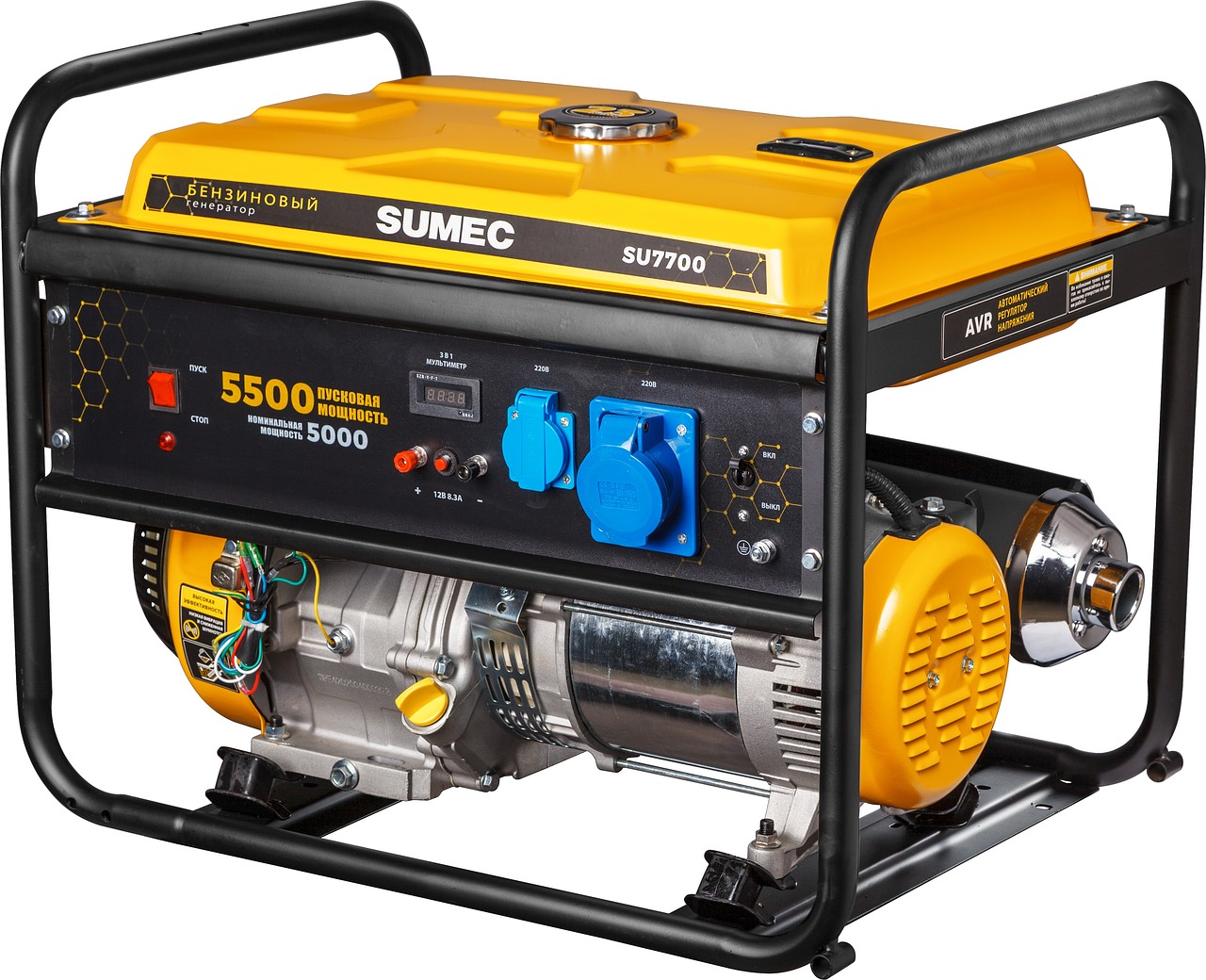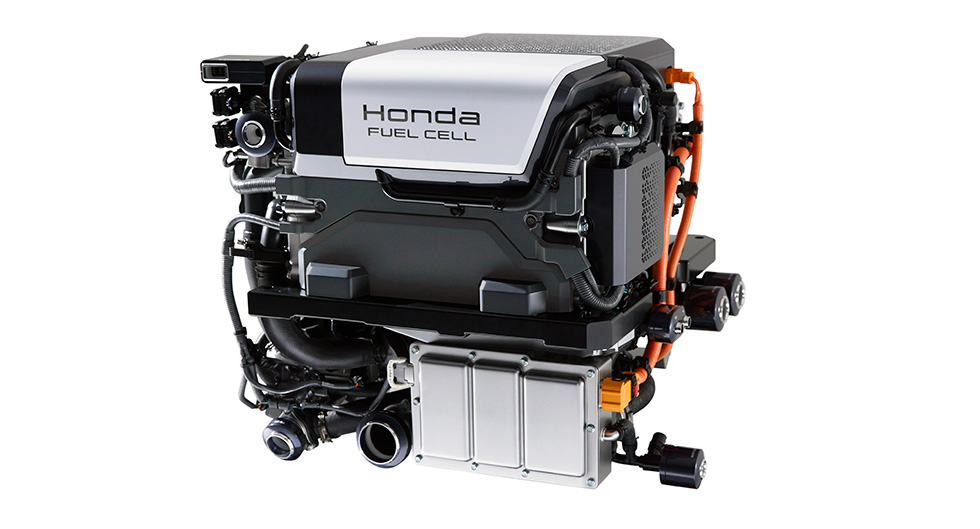How to Safely Power Electronics with a Generator: A Comprehensive Guide
Electricity is essential for both work and leisure, power outages can be a significant inconvenience. Generators are a reliable solution to keep your electronics running during such times. However, powering electronics with a generator requires careful consideration to avoid damage to your devices and ensure safety.
This article will provide an in-depth guide on how to safely power electronics with a generator, covering everything from choosing the right generator to connecting your devices.
1. Understanding Generators and Electronics
What is a Generator?
A generator is a device that converts mechanical energy into electrical energy, providing power when the main supply is unavailable. Generators come in various types, including portable, inverter, and standby generators, each suited for different needs.
Why Power Electronics with a Generator?
Electronics such as computers, televisions, and smartphones are sensitive to power fluctuations. During a power outage, a generator can provide a stable power supply, ensuring that your devices continue to function without interruption.
Risks of Powering Electronics with a Generator
While generators are useful, they can pose risks to electronics if not used correctly. Common issues include voltage fluctuations, harmonic distortion, and power surges, which can damage sensitive electronic components.
2. Choosing the Right Generator
Types of Generators
- Portable Generators: Ideal for temporary use and small-scale power needs. They are easy to move but may produce less stable power.
- Inverter Generators: Provide clean and stable power, making them suitable for sensitive electronics. They are more expensive but offer better protection.
- Standby Generators: Permanently installed and automatically kick in during a power outage. They are ideal for whole-house power but are costly.
Key Features to Consider
- Power Output: Ensure the generator can handle the total wattage of your electronics.
- Fuel Type: Common options include gasoline, diesel, propane, and natural gas.
- Noise Level: Inverter generators are generally quieter than portable ones.
- Portability: Consider the weight and size if you need to move the generator frequently.
Calculating Power Requirements
List all the electronics you plan to power and note their wattage. Add up the total wattage to ensure your generator can handle the load. It’s advisable to choose a generator with a higher wattage capacity to avoid overloading.
3. Preparing Your Generator
Read the Manual
Before using your generator, read the manufacturer’s manual thoroughly. This will provide specific instructions and safety guidelines tailored to your model.
Inspect the Generator
Check for any visible damage or leaks. Ensure all connections are secure and that the generator is in good working condition.
Fuel and Oil Levels
Ensure the generator has sufficient fuel and oil. Running a generator without adequate oil can cause severe damage.
Grounding the Generator
Proper grounding is essential to prevent electrical shocks. Follow the manufacturer’s instructions to ground your generator correctly.
4. Connecting Electronics to a Generator
Using a Transfer Switch
A transfer switch is a device that safely connects your generator to your home’s electrical system. It prevents backfeeding, which can be dangerous to utility workers and damage your electronics.
Direct Connection
For portable generators, you can connect electronics directly using heavy-duty extension cords. Ensure the cords are rated for the wattage of your devices.
Power Strips and Surge Protectors
Use power strips with surge protection to safeguard your electronics from power spikes. Avoid daisy-chaining multiple power strips, as this can overload the circuit.
Inverter Generators
If using an inverter generator, you can connect your electronics directly, as these generators produce clean power suitable for sensitive devices.
5. Safety Tips for Powering Electronics with a Generator
Avoid Overloading
Do not exceed the generator’s wattage capacity. Overloading can cause the generator to overheat and damage your electronics.
Proper Ventilation
Always operate the generator in a well-ventilated area to prevent carbon monoxide poisoning. Never use a generator indoors or in enclosed spaces.
Regular Maintenance
Perform regular maintenance, such as changing the oil and air filters, to keep the generator in optimal condition.
Monitor Power Quality
Use a voltmeter to monitor the voltage output. Ensure it remains within the acceptable range for your electronics.
Unplug When Not in Use
When the generator is not in use, unplug all electronics to prevent damage from power surges when the generator starts or stops.
6. Maintenance and Troubleshooting
Regular Maintenance
- Oil Changes: Change the oil according to the manufacturer’s recommendations.
- Air Filters: Clean or replace air filters regularly to ensure efficient operation.
- Spark Plugs: Inspect and replace spark plugs as needed.
Common Issues and Solutions
- Generator Won’t Start: Check fuel levels, spark plugs, and the battery.
- Low Power Output: Ensure the generator is not overloaded and that the fuel supply is adequate.
- Unstable Power: Use a voltmeter to check the voltage output and consider using an inverter generator for sensitive electronics.
Professional Servicing
If you encounter persistent issues, consult a professional technician. Regular servicing can extend the life of your generator and ensure safe operation.
7. Conclusion
Powering electronics with a generator can be a lifesaver during power outages, but it requires careful planning and execution. By choosing the right generator, preparing it properly, and following safety guidelines, you can ensure that your electronics remain safe and functional. Regular maintenance and monitoring are essential to keep your generator in good working condition and to avoid any potential risks.
Whether you’re preparing for a storm or planning an outdoor event, understanding how to safely power electronics with a generator is a valuable skill. With the right knowledge and precautions, you can keep your devices running smoothly, no matter the circumstances.


